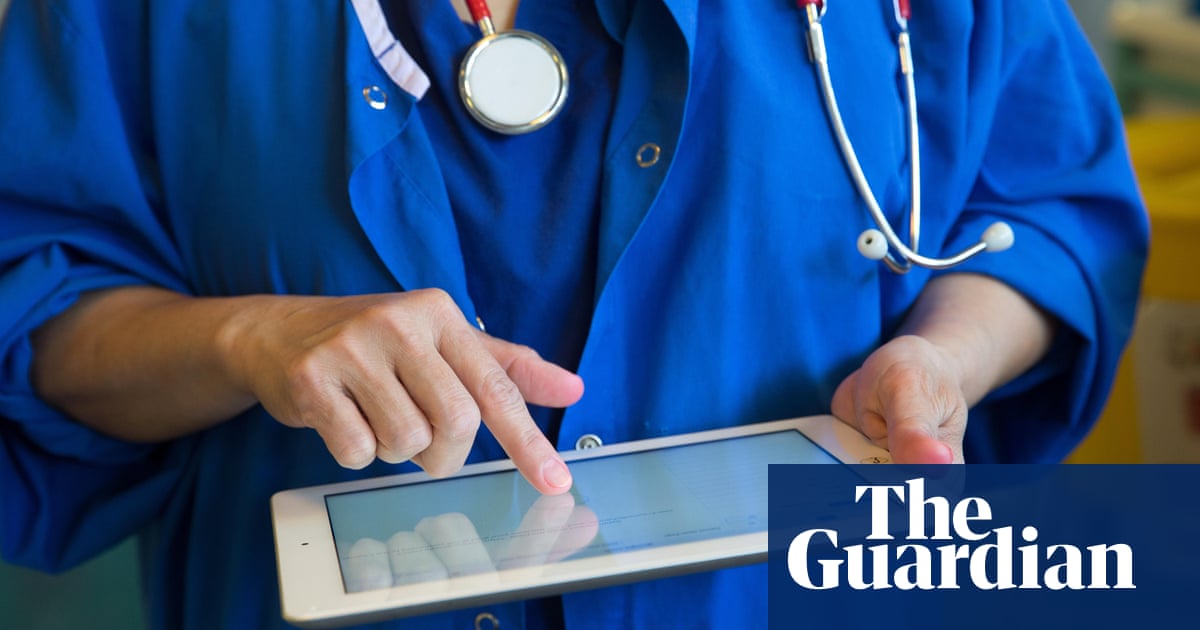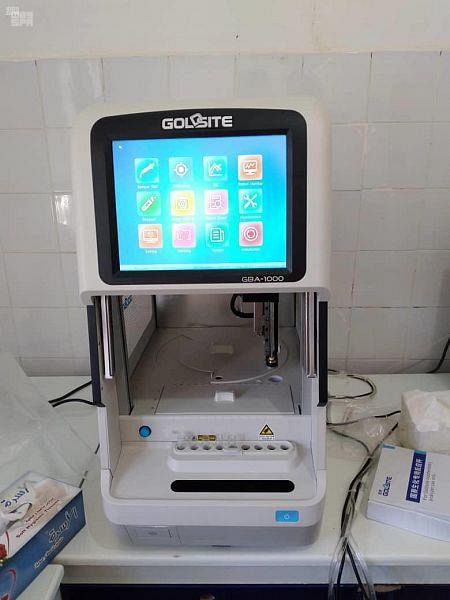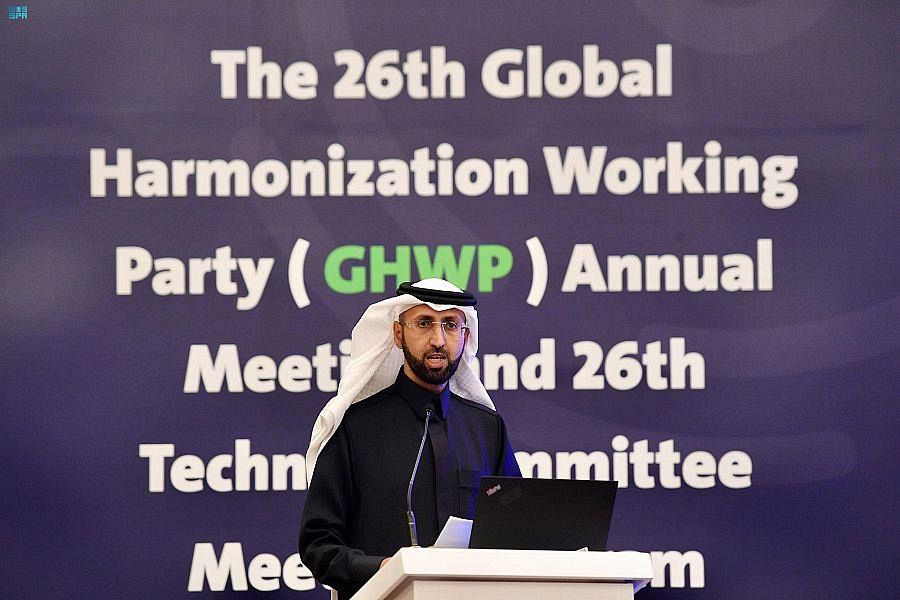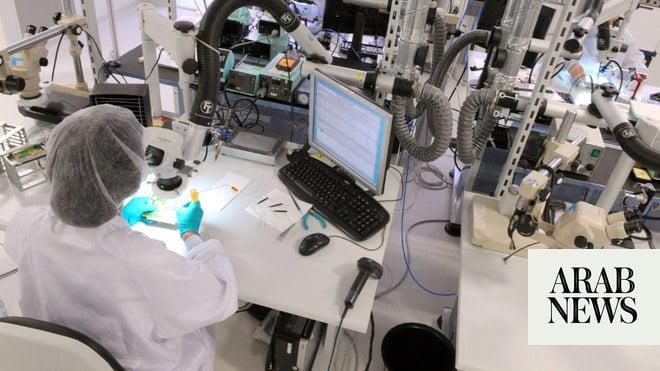
The independent review on equity in medical devices once again highlights the multiple ways in which medical technology development can lead to solutions whereby the benefits are distributed inequitably across society, or can further exacerbate health inequalities (UK report reveals bias within medical tools and devices, 11 March). While the report is welcome, the challenge facing scientists and engineers is how to innovate medical devices differently to respond to longstanding societal biases and inequalities.
This means doing two things. First, it is essential to move beyond a superficial engagement with patients. As the report emphasises, technology development cannot be based only on the expertise of engineers or the knowledge of healthcare professionals. It needs to respond to the different social, cultural and health experiences of diverse groups of people. To be effective, this means recognising differences and actively supporting marginalised groups to represent themselves.
Second, engineers must recognise that the outcomes of medical technologies are not produced solely by the devices themselves – the algorithms or chemicals. How people interact with devices in the environments in which they live is as important. Equal attention needs to be paid to, for example, how access to health professionals, or the cultural values associated with different social groups, could alter the way in which medical devices are used and how benefits are distributed over time.
To be equitable, technology development must be sensitive to how exclusion occurs and involve solutions that are social and technical. The funding that the review calls for will need to be focused on these challenges if the benefits of future medical devices are to be shared by all.
Prof Steven Johnson and Prof Jonathan Ensor
Equitable Technology Laboratory, University of York










